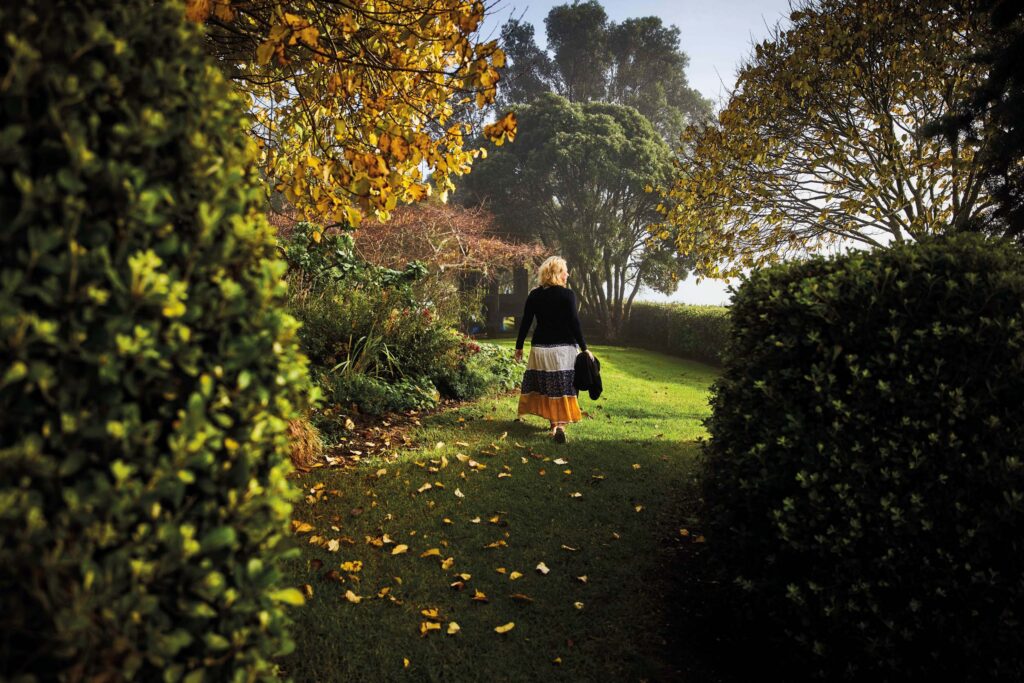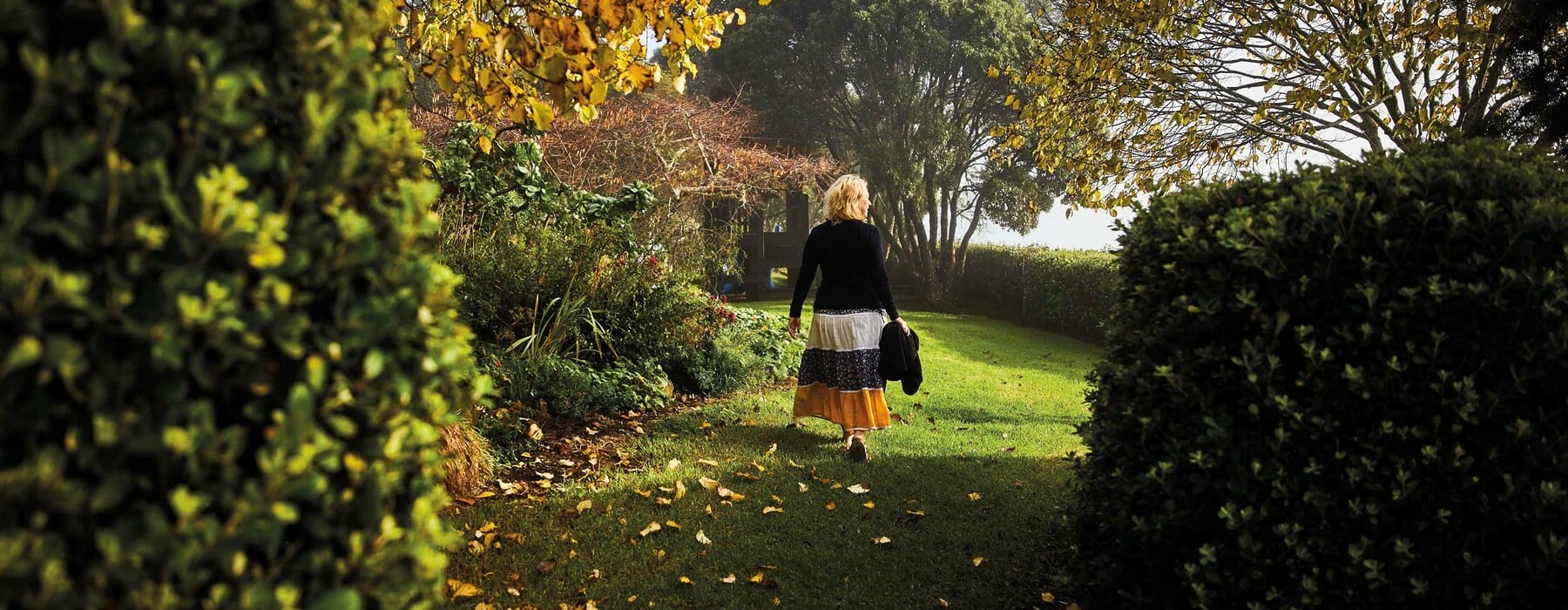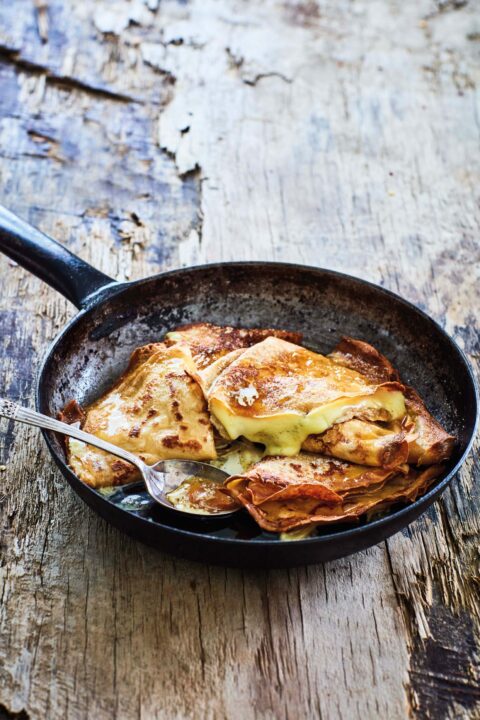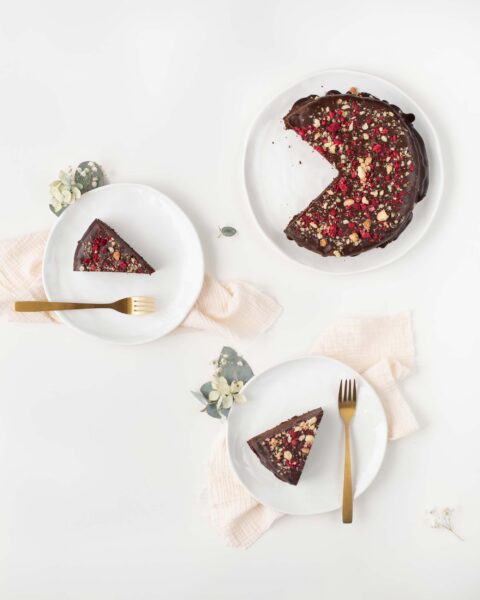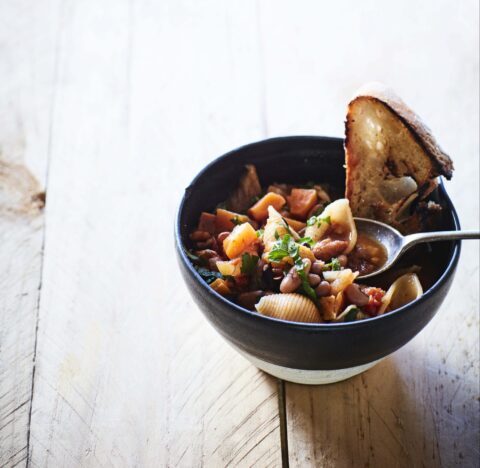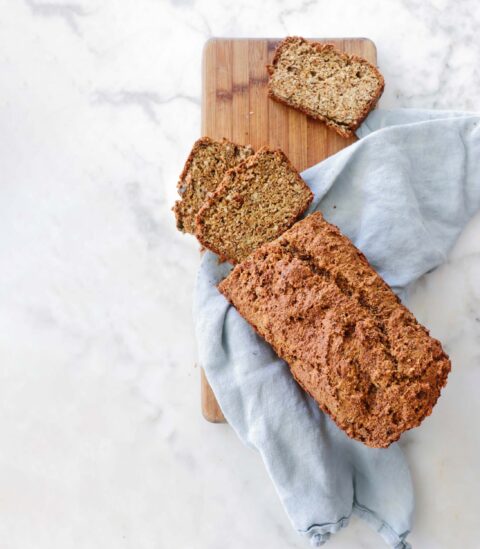After enduring years of debilitating back pain, Nici Wickes finally discovered that altering what she ate made a life-changing difference to her quality of life, and she shares recipes that have helped her feel healthier and happier.
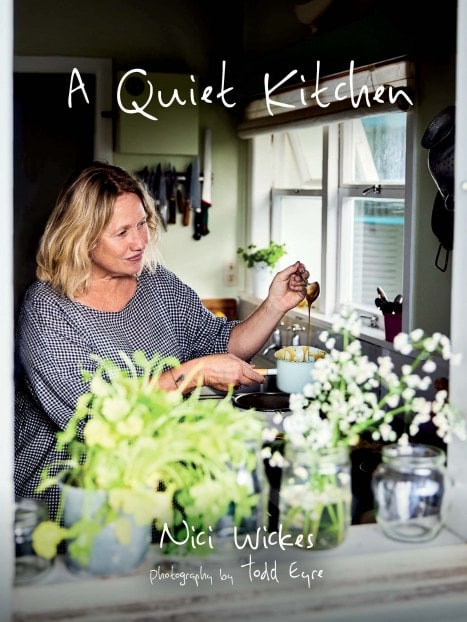
From A Quiet Kitchen by Nici Wickes
Photography by Todd Eyre
(David Bateman, $45).
Before menopause set in, I’d had my share of health issues, and who knew the answer to healing would lie in food? Not me, that’s for sure. By the time I was 35, I’d endured years of chronic back pain, which involved bouts of being unable to turn over in bed due to the excruciating pain and, literally, limping through my day. One time, my dear mum had to wheelchair me through an airport to catch a plane for a work trip as I was in too much pain to walk. It seemed to randomly rear its ugly head then disappear. It was tough. In the words of author Hilary Mantel: “… doctors underestimate what chronic pain can do to sour the temper and wear away both the personality and the intellect.” It certainly wore me down.
I spent loads of time and money on trying everything to fix it – GPs, physio, osteo, acupuncture, yoga, “healers”, potions and lotions, psychics, massage – you name it, I had probably tried it. I spent large amounts of money (that could have gone towards a mortgage) on desperate attempts to find some respite. As well as the ailment, one has to put up with well-meaning people who always know the solution. Oh, the conversations I’ve endured… “I have a friend with exactly the same thing and they fixed it with…” It is beyond tiresome when you are struggling to get a handle on something that’s happening to you, to then have to tolerate those who assume you’re not doing everything you can to solve it/fix it/live with it. I know it comes from a place of love and care and that it’s hard to resist trying to help others (heck, I do it myself!), but the best way I’ve found to help is to say only one of two things: “That sounds really hard” and “How can I help?” So, my back was driving me round the bend when a friend was diagnosed with rheumatoid arthritis. A light went off in my brain. Maybe whatever I had was actually a thing, diagnosable even. I’d never thought it was all in my head or that it was “just stress” but I’d also never considered going to a specialist, favouring instead my GP and/ or a variety of alternative practitioners.
One appointment and a blood test later and I had my answer – ankylosing spondylitis (AS), a pretty serious autoimmune disease that is basically an arthritic condition of the spine – and although it’s not curable, I figured at least I may be able to manage it now that I knew what I was dealing with. I read all the medical journals only to discover it had likely lain dormant in my system and been triggered by a bout of salmonella/food poisoning from eating ice cream at a food show. The irony was not lost on me – my greediness was now diagnosable!
Strong prescription anti-inflammatories were the answer apparently, and for the week immediately following my diagnosis I lived in a state of ecstasy and wonder that I could sleep a full night through and be pain-free during the day. But pretty quickly I realised that a life of twice-daily drugs might wreak havoc with my organs, so I sought other ways to deal with it. I visited a naturopath, and learnt that while food had been the inadvertent cause, it might also turn out to be my saviour. I was enjoying a highly inflaming diet – red meat, red wine (this was before I’d given it up), caffeine, chocolate, cheese, bacon and the rest. Not necessarily a problem, but combined with a low consumption of anti-inflaming foods such as green vegetables and, well, vegetables in general, I was way off balance. Further tests revealed I was intolerant to wheat, potatoes, tomatoes, oranges and kiwifruit. When I eat these, to this day, my body inflames and it gets me right in the sacroiliac joint, the base of the spine where it joins the pelvis, the joint that is so, so sensitive in sufferers of AS. I flare up and I’m crippled for days.
Stay away from these foods and I can live in relative physical comfort and ease. You have no idea the joy and respite it brings for me to be able to mostly control this myself. For two years, I was strict with my diet and avoided these foods absolutely, but now I’m more lax and know how much I can get away with (better to have one big portion than little bits over two or three days) and, most importantly, I eat waaaay more vegetables, especially green leafy veges, to provide a counterbalance to the inflammation and flare-ups. I’ve learnt how to make gluten-free versions of most things, even my beloved sausage rolls, and there are good enough versions of gluten-free pasta available now, too. I don’t bite back any more when people say, “Oh, but how can you live without bread? I never could,” because they don’t know the terror of lying in bed at 3am with a body that you know will scream and seize up at even the slightest movement. I’ve adapted my daily diet and it’s working for me. I also have a theory that almost everyone gets something to deal with at some stage and this is mine. It could be much worse.
